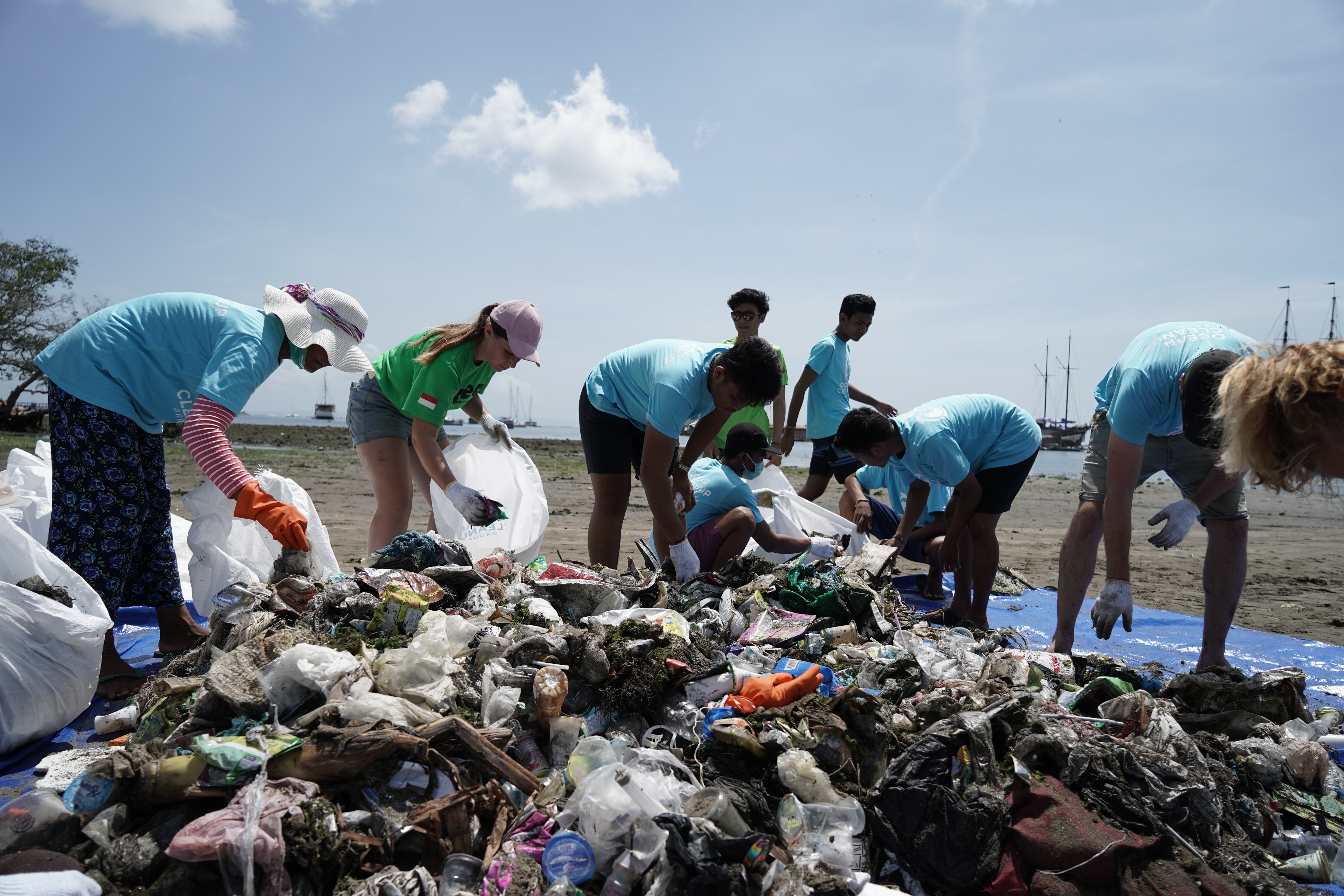Addressing Plastic Pollution | Tips to Clean Up Our Oceans
Published: June 26, 2024 Updated: September 5, 2024

The Recycling Partnership (TRP) noted that a lack of access to recycling services and not enough education and communication are reasons why recyclable material ends up where they don’t belong. If the infrastructure and communication is available, then one of the ways to reduce plastic pollution is through proper recycling. Improvements in recycling infrastructure can be expected thanks to the passage of Extended Producer Responsibility (EPR) legislation for packaging EPR legislation places the responsibility for the end of life of packages onto the producers.
A few other immediate actions we encourage you to take are:
- Buying and using metal straws & utensils vs. single-use plastic ones
- Carry reusable water bottles to reduce the amount of single use water bottles you consume
- Participate in local clean-ups
- Track your trash & recycling
- Avoid products with microbeads
- Use reusable shopping bags
- Support Legislation
- Talk to friends and family about sustainability
We can all be a part of spreading the word on how to recycle and address the education and communication component. Together, let us make a difference in eliminating ocean-bound plastic.
Lebreton, L., Slat, B., Ferrari, F., Sainte-Rose, B., Aitken, J., Marthouse, R., … & Noble, K. (2018). Evidence that the Great Pacific Garbage Patch is rapidly accumulating plastic. Scientific Reports, 8(1), 4666.
